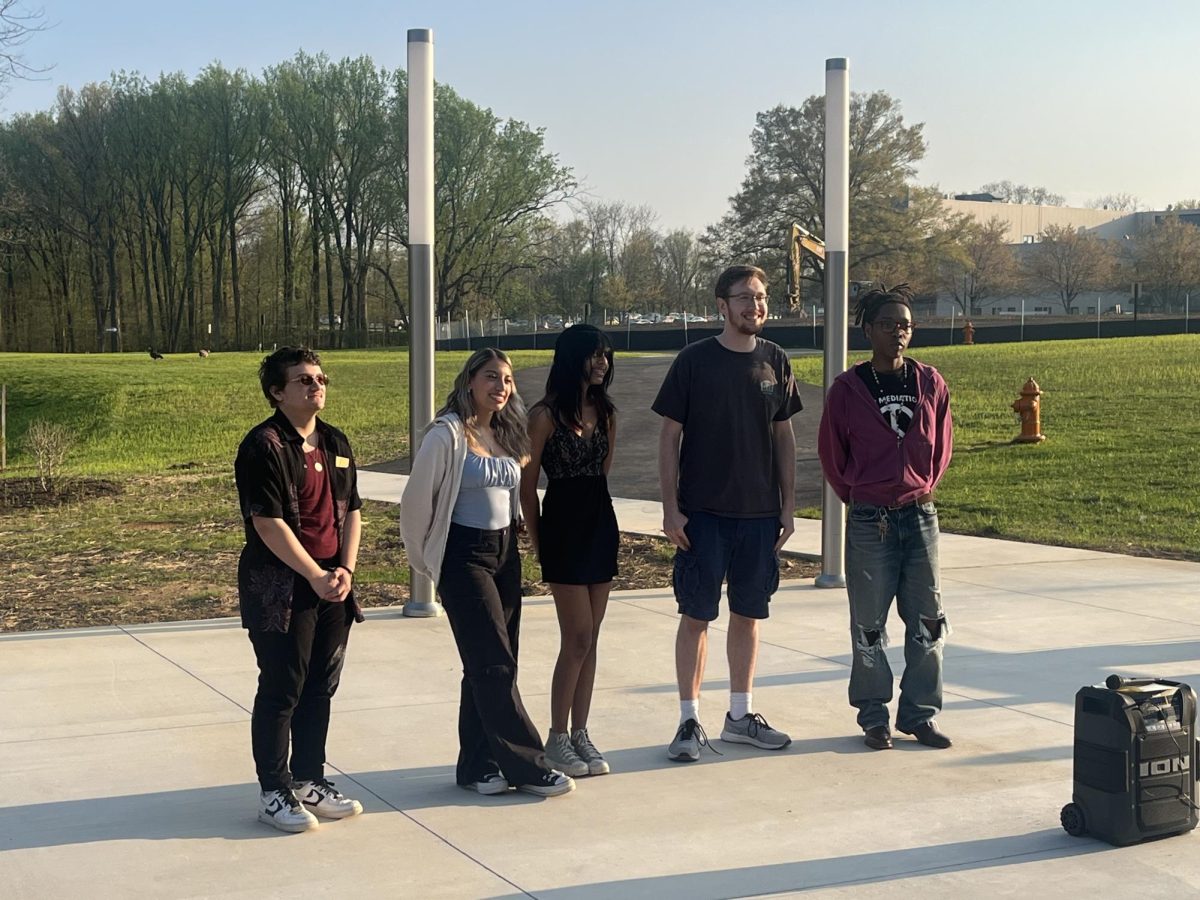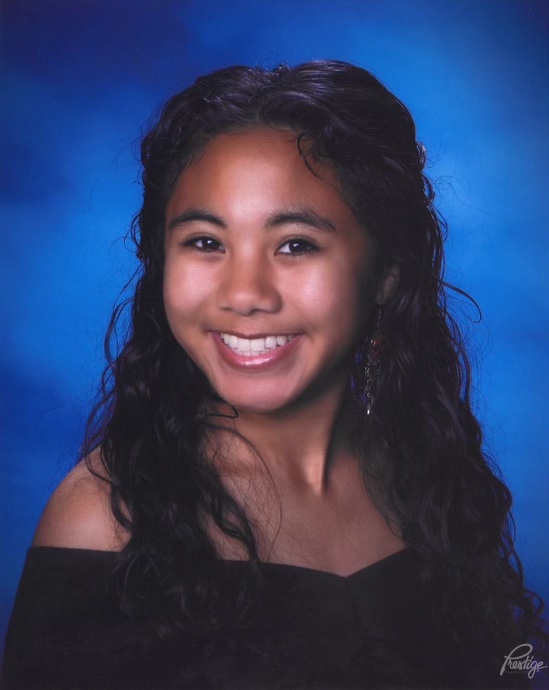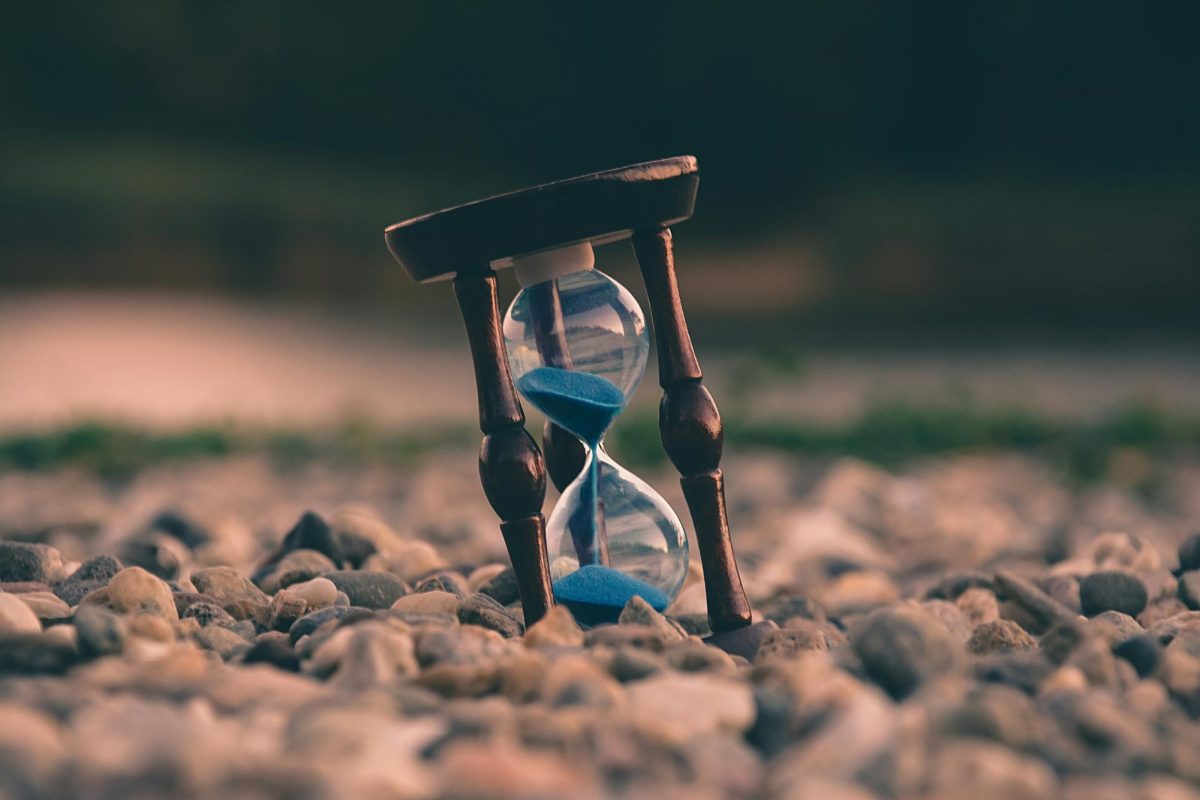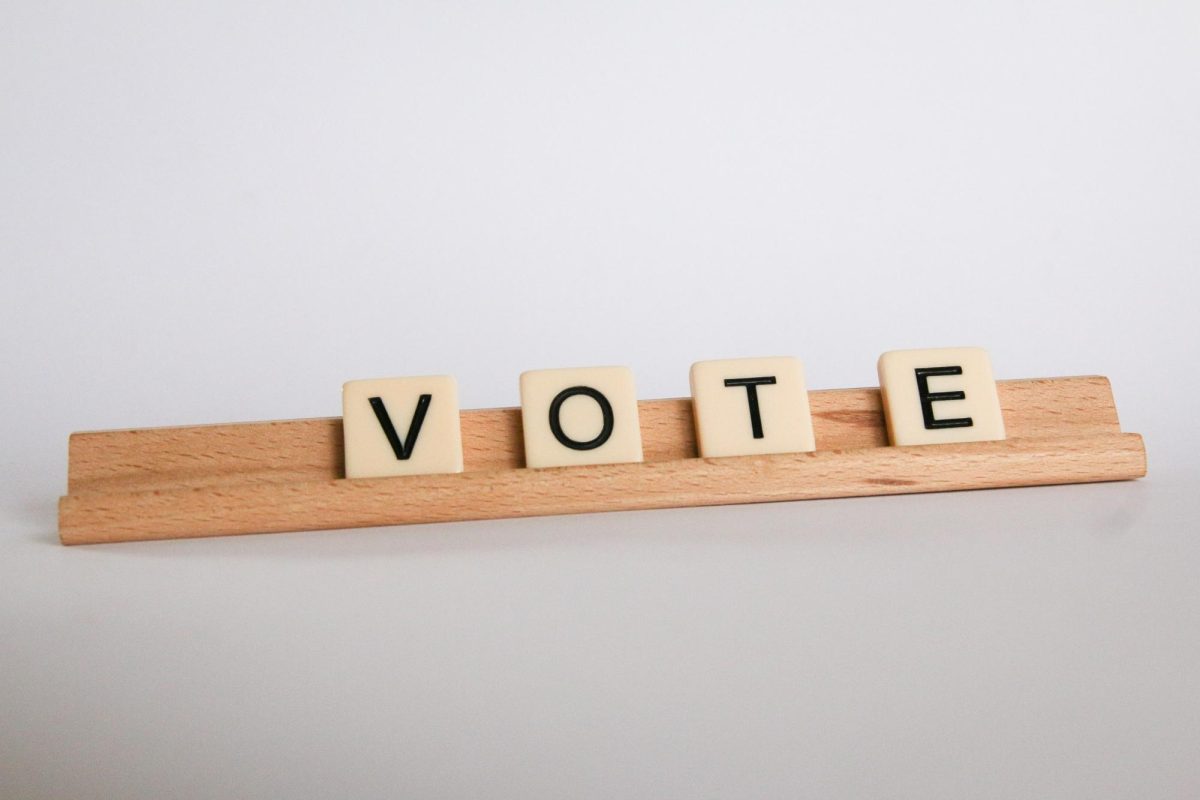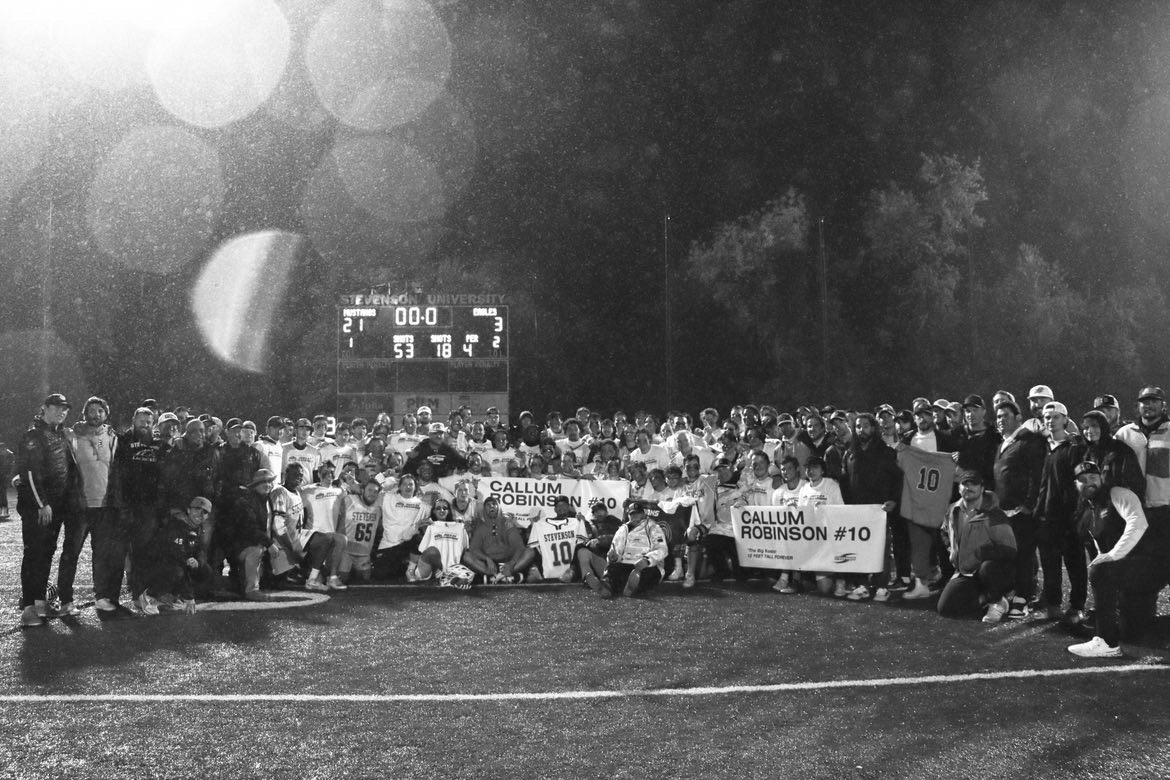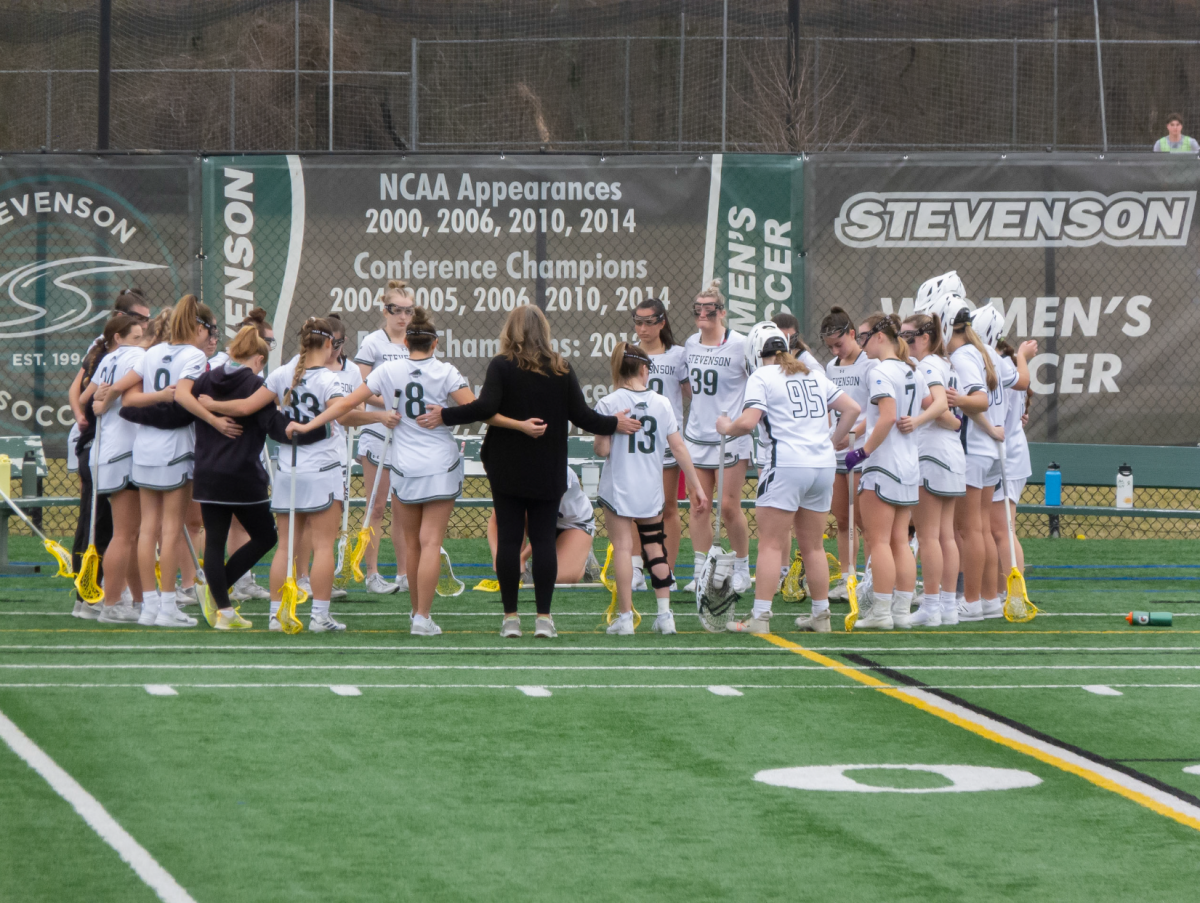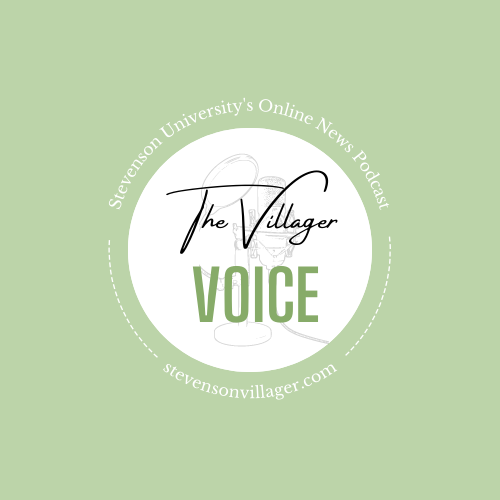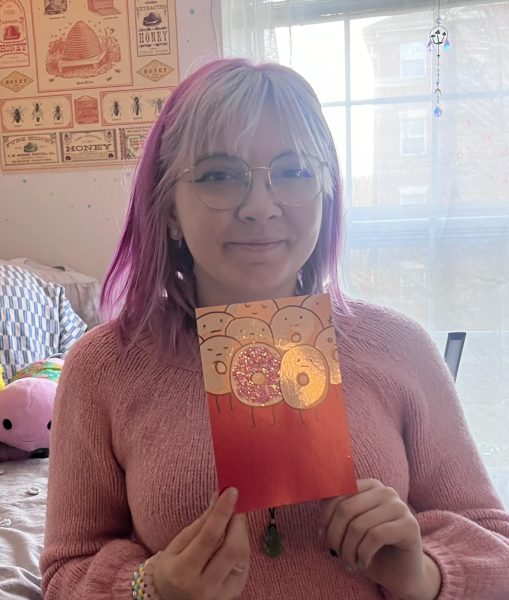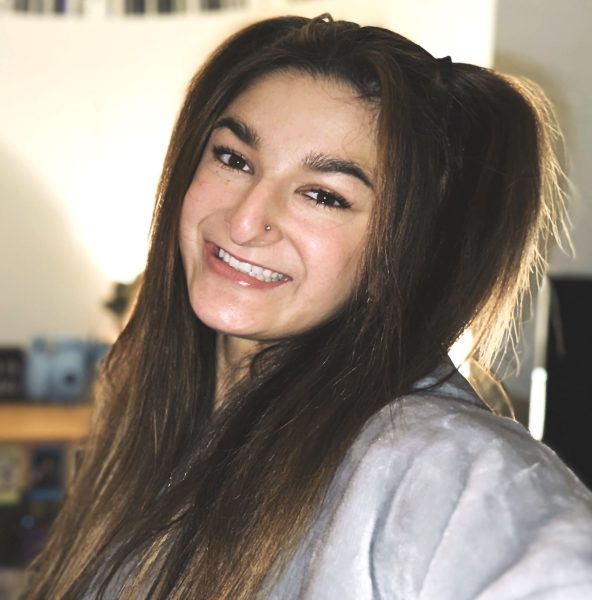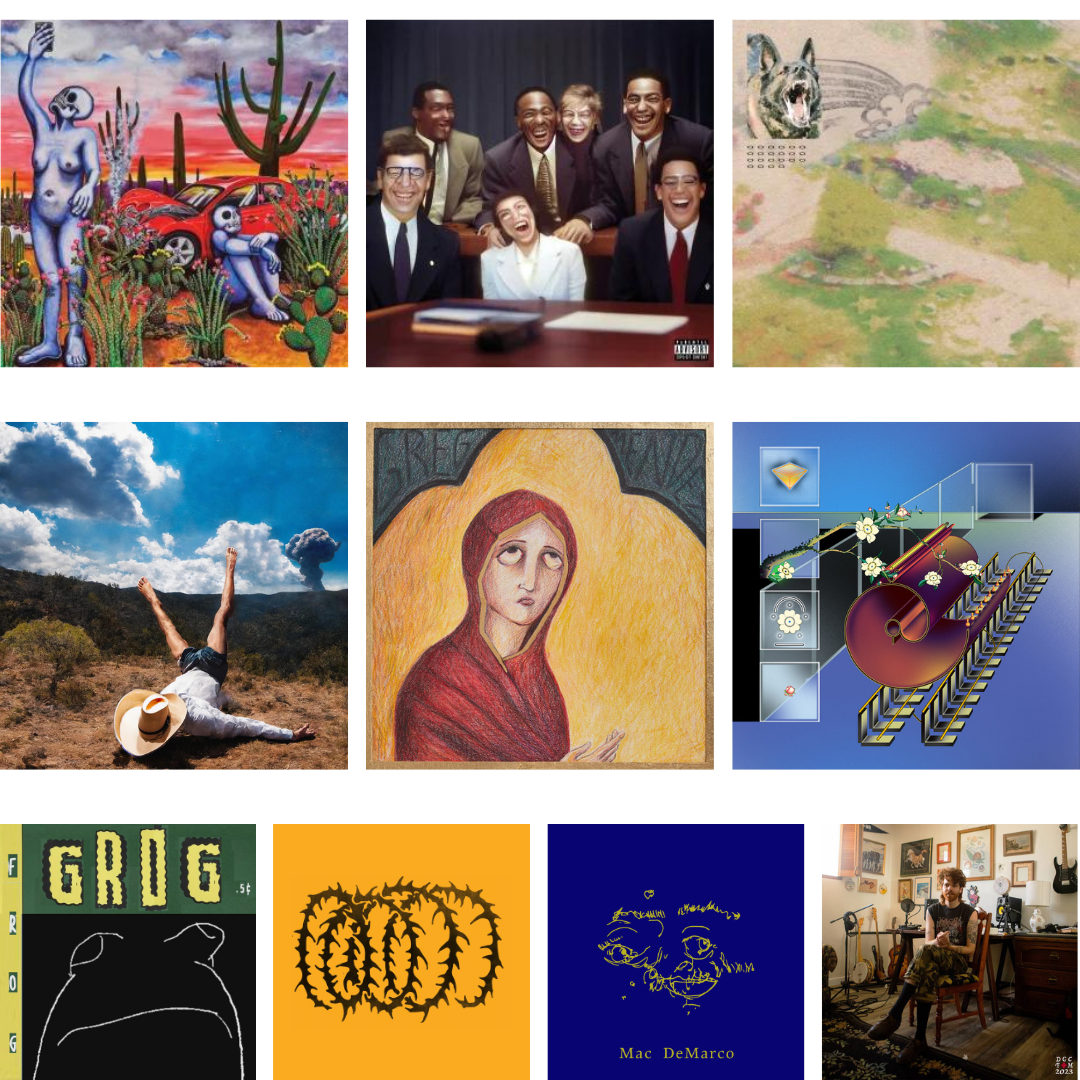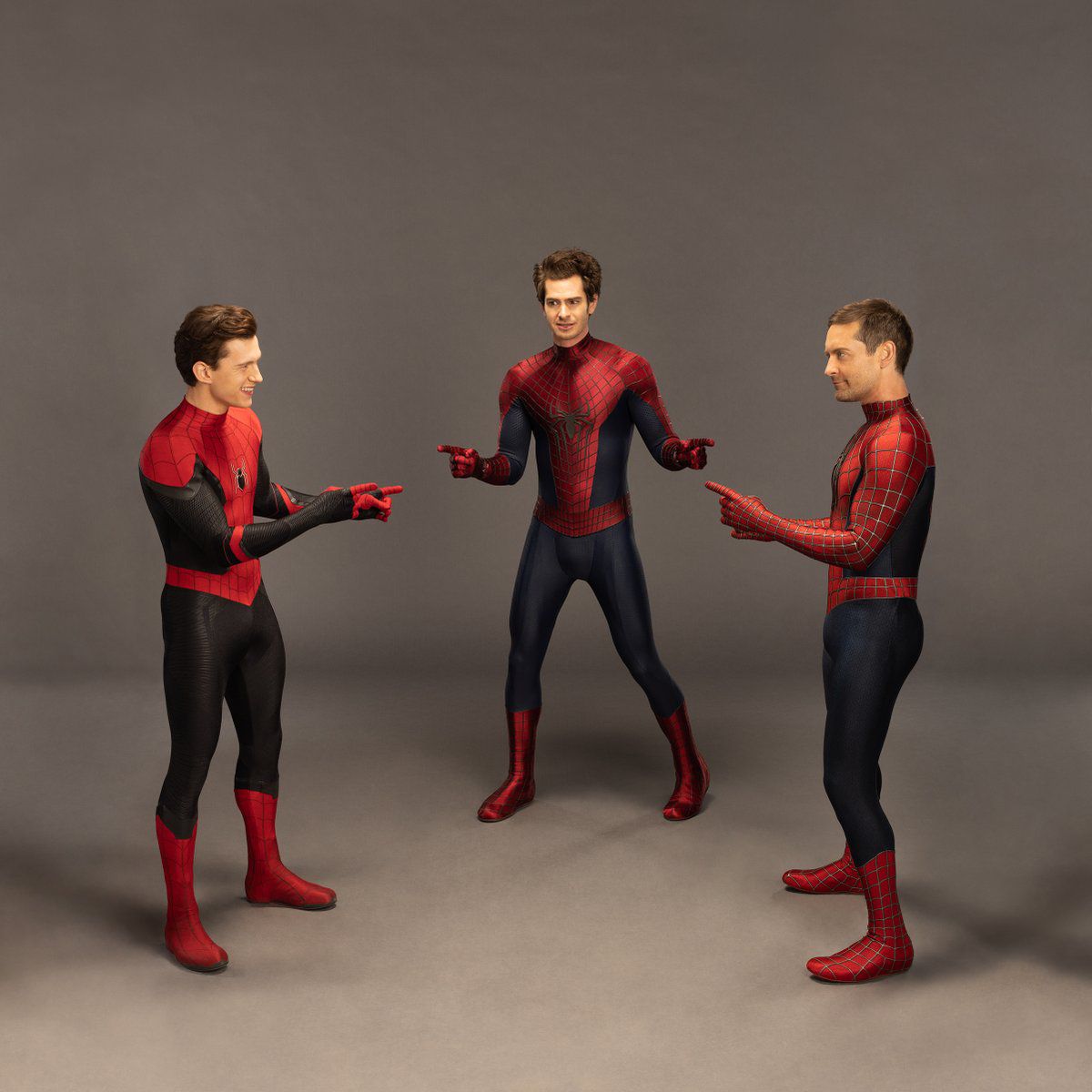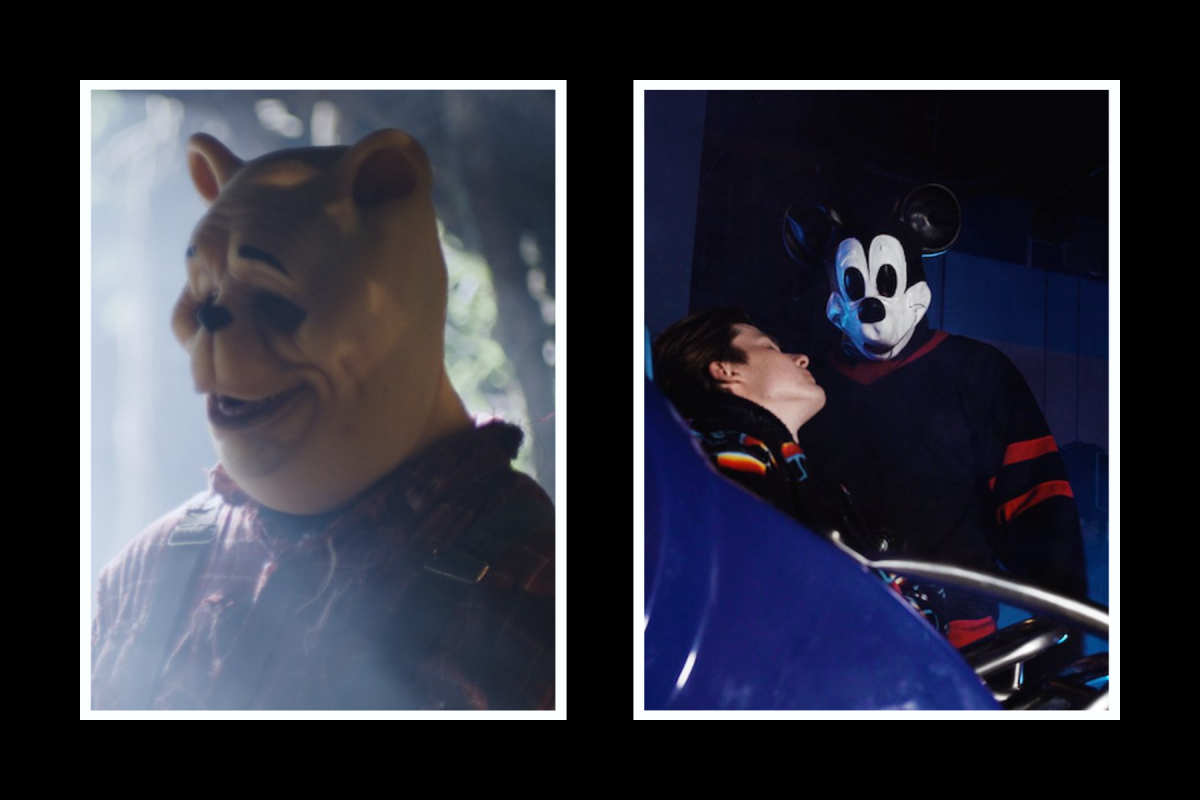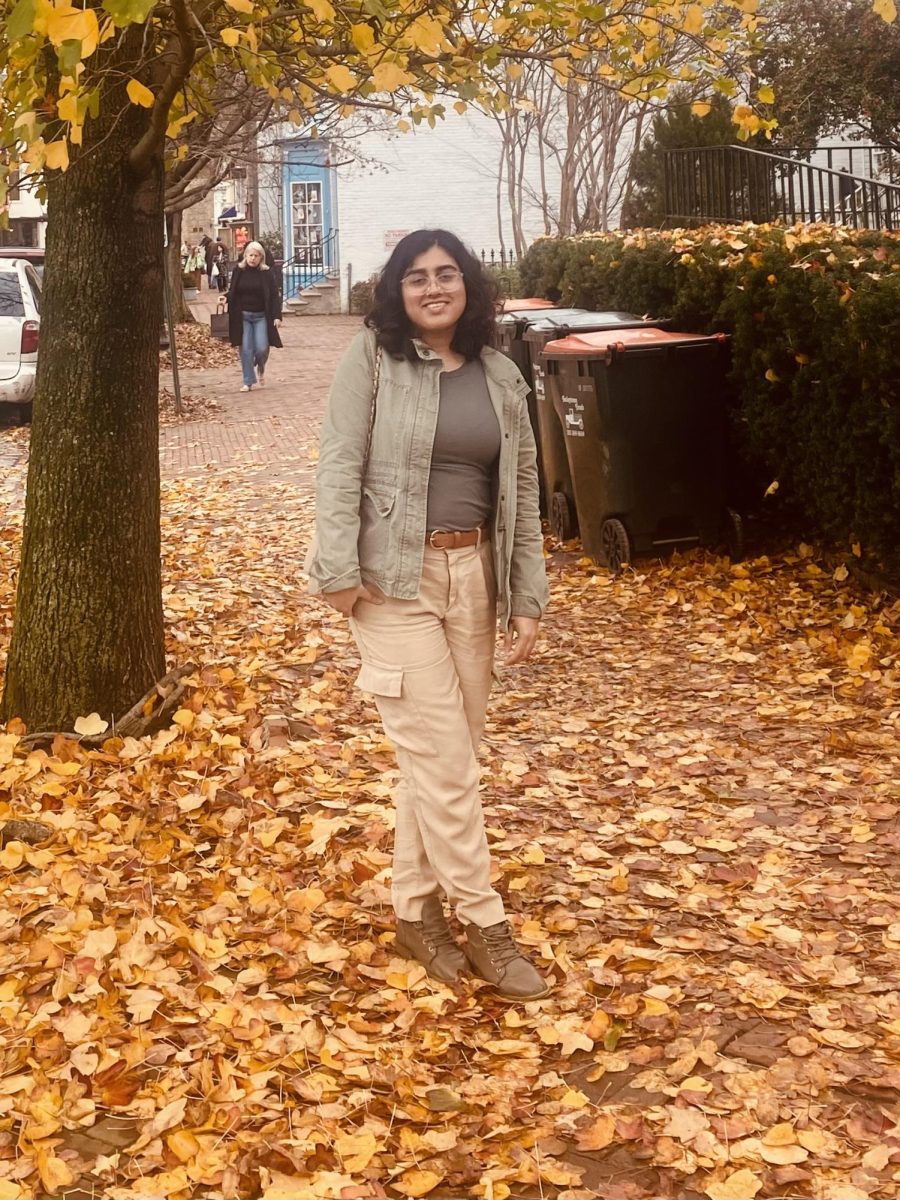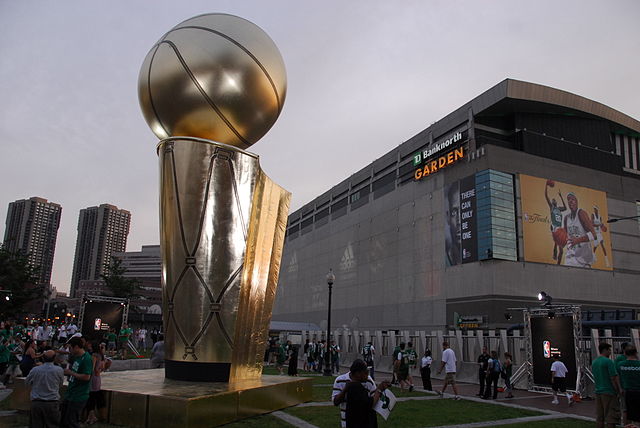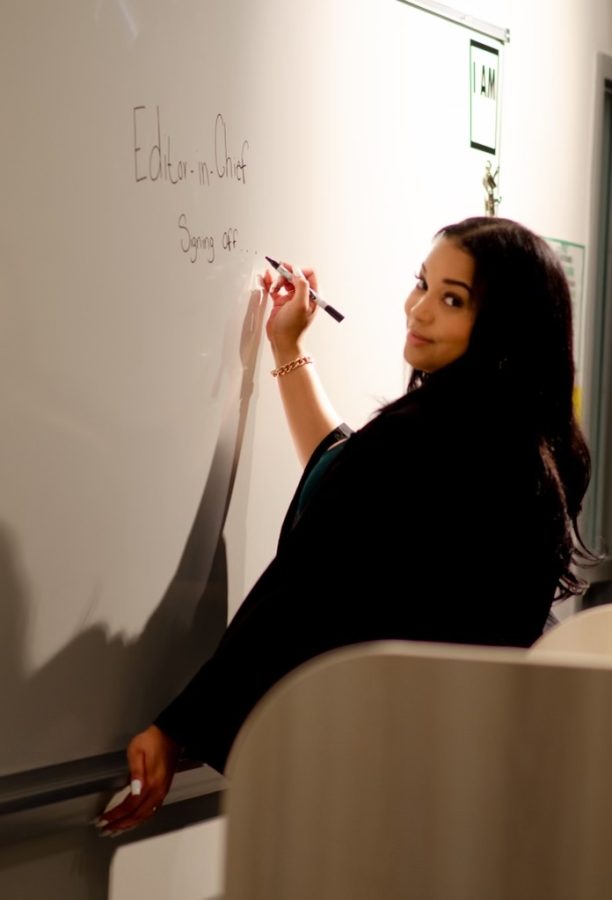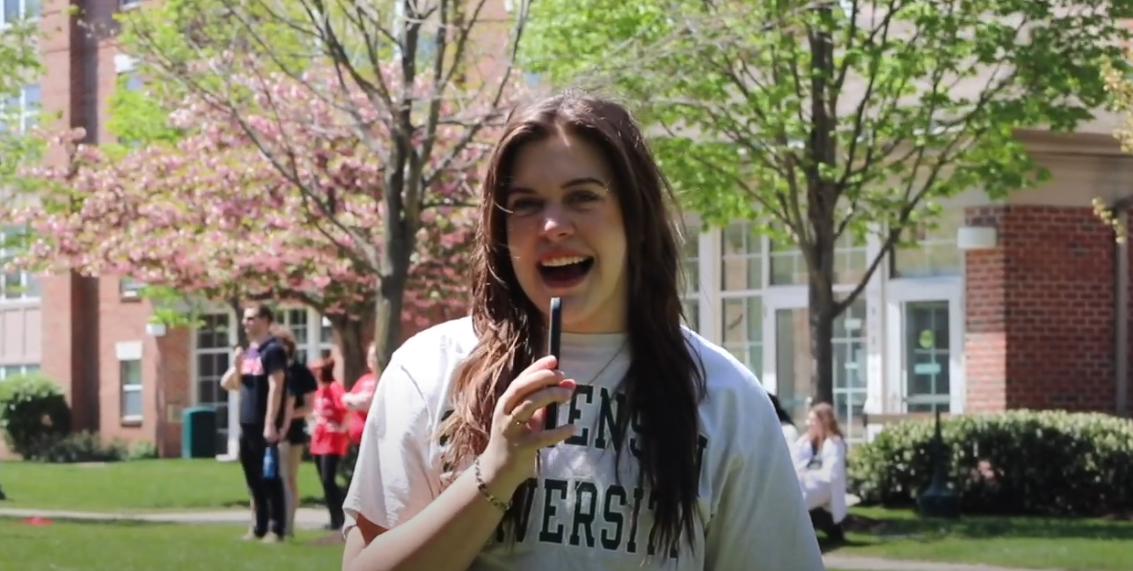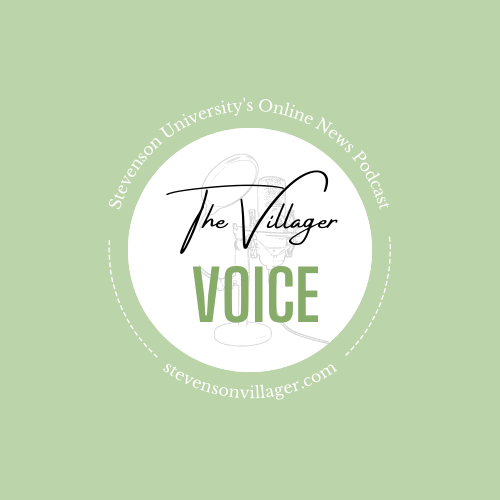Students may be thanking Daylight Saving Time for that extra hour of sleep this fall; however, this time of the year can trigger negative changes in one’s physical and mental health.
Daylight Saving Time (DST) first began in 1895 after entomologist George Hudson proposed that changing the clocks back one hour in November would help to maximize light from the sun. Since then, DST has been adopted by over 70 countries, according to Psychology Today.
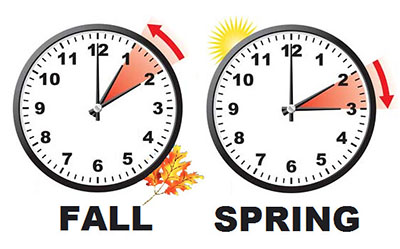
While DST was originally thought to help conserve energy, there has been very little evidence to prove this. Instead, it has been found that DST can have significant effects on one’s health including “reductions in sleep and increased rates of cardiac issues, stroke, cortisol production, and vehicular accidents,” according to Psychology Today. However, one of the largest impacts that DST has on people is its effects on mood.
During this time of the year, people may have an increase in symptoms related to depression. Depression that is specifically related to the change in seasons is called Seasonal Affective Disorder (SAD), according to the Mayo Clinic.
In most cases, SAD affects people during the change into the fall and winter months, beginning around the start of DST. SAD can also occur in the spring and summer but is much less common, according to the National Institute of Mental Health (NIMH).
Specific causes for this type of depression are not known. However, research has found that the reduced amount of sunlight in the fall and winter seasons can interrupt one’s normal circadian rhythm patterns, reduce the amount of Vitamin D and serotonin levels, and increase the production of melatonin in the body, according to the Mayo Clinic. All of these changes in normal biological functions of the body can produce symptoms of depression.
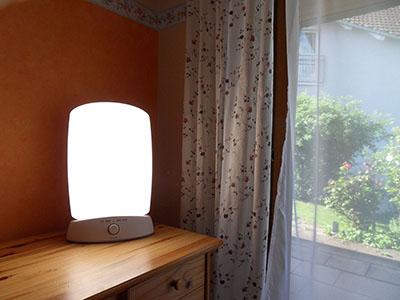
Practicing self-care during this time of the year is especially important for students with SAD. Psychology Today suggests spending more time in the sun. Students could benefit from walking to class instead of riding the shuttle. This may become more difficult in the winter months as the weather gets colder, but finding a window that lets in natural light from the sun can also help. If finding sunlight is a challenge, artificial light therapy has also been found to be beneficial for people with SAD.
Students should also keep a consistent sleep schedule. DST can affect one’s internal body clock, so it is important to go to sleep and wake up around the same time each day, while also limiting the length of any naps one may like to take in between classes.
Other additional treatments are also available to help people with SAD. It is important to understand and recognize symptoms of depression. If these symptoms worsen during DST, it is important to seek support.
Lindy Reymann, assistant vice president and director of the Wellness Center, said students at Stevenson who are experiencing SAD can visit the Wellness Center on campus to schedule an appointment with one of the counselors there.



